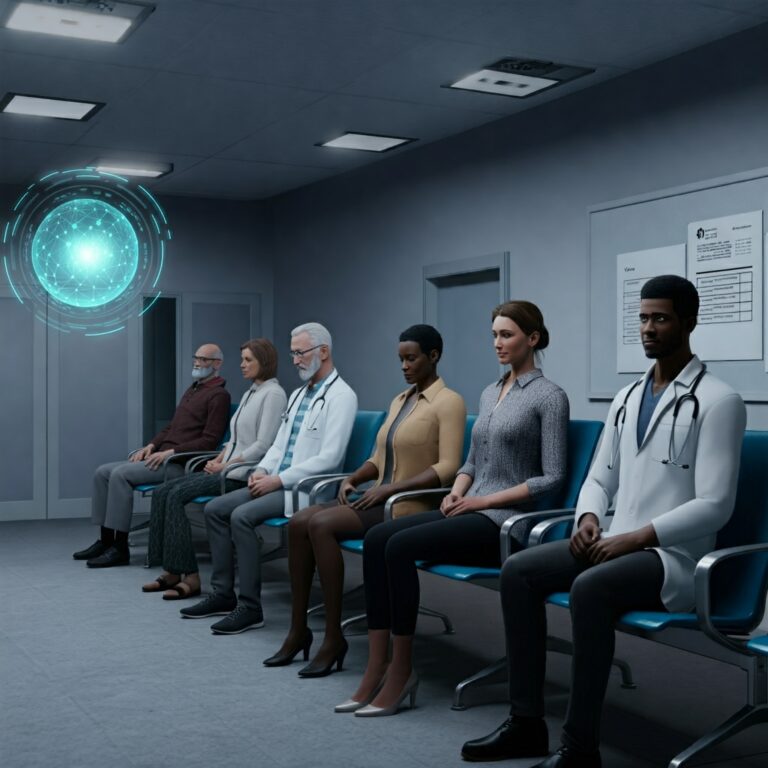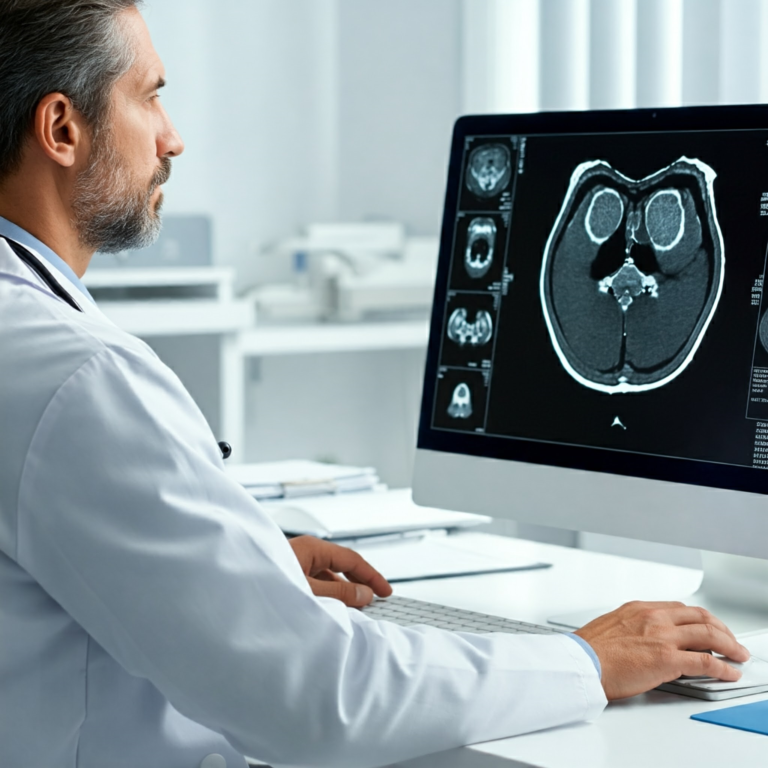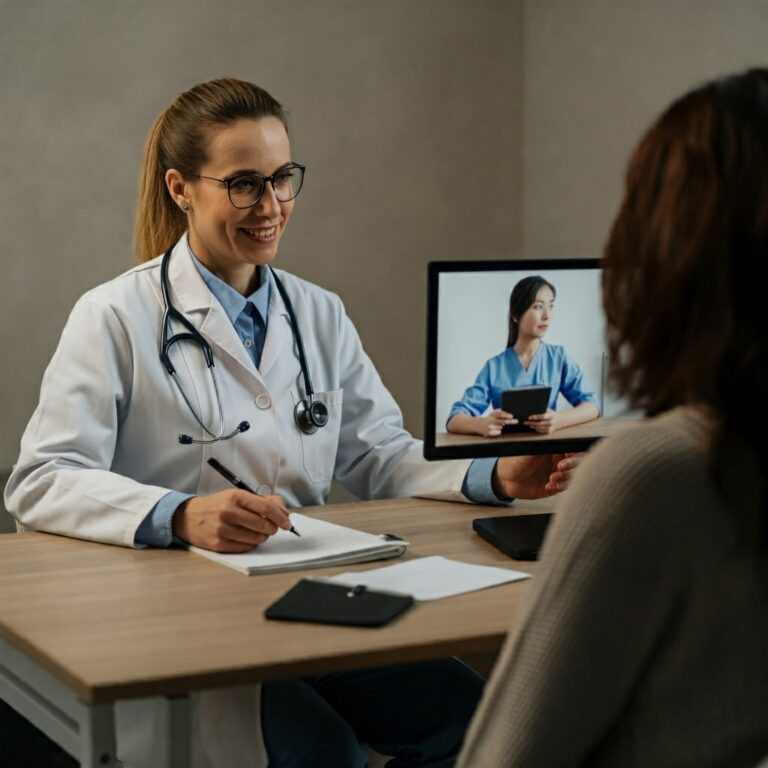Big Brother or Better Health? The Ethics of Continuous Patient Monitoring
(Published on [Website Name], [Date in 2000-2001 Format – e.g., October 26, 2000])
The dawn of the new millennium has ushered in an era of rapid technological advancement, and few sectors are experiencing this transformation as profoundly as healthcare. The burgeoning field of telemedicine, once a futuristic concept, is rapidly becoming a reality, promising to revolutionize how medical care is delivered and received. However, as with any disruptive technology, its implementation raises important ethical considerations, particularly concerning patient privacy and autonomy. This article delves into the evolving landscape of telemedicine, focusing on the ethical implications of continuous patient monitoring (CPM) through remote patient monitoring (RPM) systems.
Telemedicine: Reshaping the Healthcare Landscape
Telemedicine, broadly defined as the use of telecommunications technologies to provide healthcare services remotely, encompasses a wide range of applications. From video conferencing for specialist consultations to remote monitoring of vital signs, telemedicine is breaking down geographical barriers and improving access to care, particularly for patients in rural or underserved areas. In the early 2000s, this is particularly significant given the limitations of internet access and the nascent stages of mobile technology. Yet, the potential is undeniable. Telemedicine promises to reduce healthcare costs by minimizing hospital readmissions, facilitating preventive care, and streamlining the delivery of services.
The rise of telemedicine is driven by several factors: an aging population with increasing healthcare needs, the escalating cost of traditional healthcare, and the rapid advancements in communication technologies. The increasing availability of affordable internet access and the development of more sophisticated medical devices are paving the way for wider adoption. Furthermore, the potential for improved patient outcomes, through enhanced monitoring and personalized care, is a compelling argument for the integration of telemedicine into mainstream healthcare.
Remote Patient Monitoring: The Impact and the Implications
Within the broader scope of telemedicine, remote patient monitoring (RPM) stands out as a particularly transformative application. RPM involves the use of electronic devices to collect and transmit patient health data – such as blood pressure, heart rate, glucose levels, and weight – from the patient’s home or other remote location to healthcare providers. This continuous stream of data provides clinicians with real-time insights into a patient’s condition, allowing for timely interventions and personalized treatment adjustments.
RPM offers numerous benefits, especially for managing chronic conditions like diabetes, heart failure, and hypertension. By providing continuous oversight, RPM can help prevent exacerbations, reduce hospitalizations, and improve overall patient well-being. Furthermore, RPM empowers patients to take a more active role in managing their own health, fostering a sense of ownership and responsibility.
However, the constant collection and transmission of intimate health data raise significant ethical concerns. The potential for misuse or unauthorized access to sensitive patient information is a primary concern. Robust security measures and strict adherence to privacy regulations are crucial to safeguarding patient confidentiality.
Key Trends Shaping the Telemedicine Sector:
- Increasing adoption of mobile health (mHealth) technologies: Mobile phones and other portable devices are becoming increasingly integrated into RPM systems, offering greater flexibility and convenience for both patients and providers.
- Development of more sophisticated monitoring devices: Wearable sensors and implantable devices are providing increasingly granular and accurate physiological data, enabling more personalized and effective interventions.
- Growing emphasis on data security and privacy: As the volume of patient data being collected and transmitted grows, concerns about data security and privacy are becoming increasingly prominent.
- Integration of artificial intelligence (AI) and machine learning: AI algorithms are being used to analyze patient data, identify trends, and predict potential health risks, enabling proactive interventions.
Key Statistics (Illustrative – Data from this period is limited):
- (Hypothetical) Studies show a [X%] reduction in hospital readmissions for patients enrolled in RPM programs for heart failure.
- (Hypothetical) The global telemedicine market is projected to reach $[X] billion by [Year – e.g., 2005].
- (Hypothetical) [X%] of physicians report using some form of telemedicine in their practice.
Recent Market News (Illustrative – Based on the period):
- [Company Name] announces the launch of a new RPM platform for managing chronic conditions.
- The [Government Agency] releases new guidelines for the secure transmission of patient health information.
- A recent study published in [Journal Name] demonstrates the effectiveness of RPM in improving outcomes for patients with diabetes.
Big Brother or Better Health? Navigating the Ethical Landscape:
The transformative potential of continuous patient monitoring is undeniable. However, the ethical implications of this technology must be carefully considered. The collection, storage, and use of sensitive patient data necessitate a robust ethical framework that balances the benefits of improved healthcare with the fundamental right to privacy and autonomy.
Key ethical considerations include:
- Informed Consent: Patients must be fully informed about the nature of the data being collected, how it will be used, and who will have access to it. They must have the right to opt out of monitoring without jeopardizing their access to other healthcare services.
- Data Security and Privacy: Robust security measures are essential to prevent unauthorized access to sensitive patient information. Data encryption, secure storage systems, and strict access controls are critical.
- Data Ownership and Control: Patients should have control over their own health data, including the right to access, correct, and delete their information.
- Transparency and Accountability: Healthcare providers must be transparent about how patient data is being used and held accountable for any breaches of privacy.
- Equity and Access: Efforts must be made to ensure that the benefits of RPM are accessible to all patients, regardless of their socioeconomic status or geographic location.
The ethical dilemmas surrounding continuous patient monitoring are complex and multifaceted. Open and ongoing dialogue among stakeholders – patients, healthcare providers, technology developers, policymakers, and ethicists – is crucial to navigate this evolving landscape. By establishing clear ethical guidelines and implementing robust safeguards, we can harness the power of continuous patient monitoring to improve patient outcomes while upholding the fundamental right to privacy and autonomy. The future of healthcare hinges on our ability to strike this delicate balance.
















